9 Ways to Improve NPS Response Rates
Read More
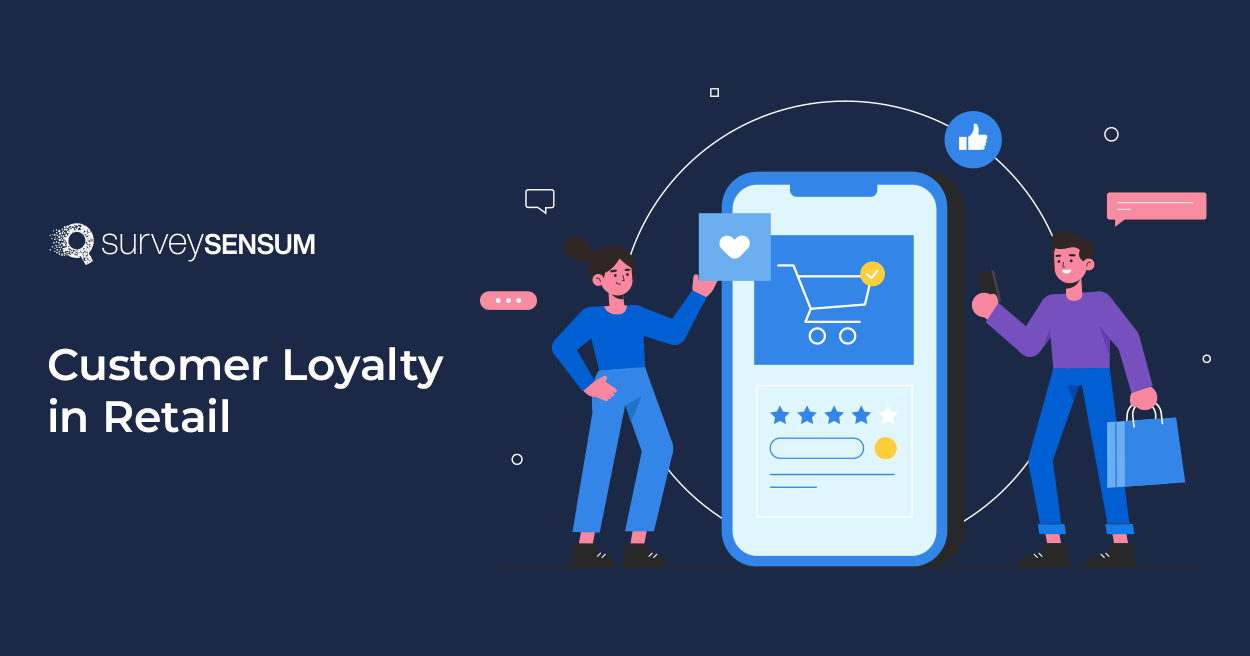
In today’s fast-paced and crazy competitive retail customer experience world, customer loyalty is like the secret sauce for staying ahead of the game. Seriously, it’s a game-changer!
Understanding what loyalty really means and how it impacts a brand’s growth is absolutely crucial in coming up with killer strategies.
Loyal customers not only make frequent purchases, but they also tend to spend more, ultimately boosting a brand’s revenue and profitability. Moreover, they become your ultimate cheerleaders, spreading the good word about your brand to everyone they know.
But, let’s be real, building and nurturing customer loyalty in retail isn’t a walk in the park.
You have to get inside your customers’ heads, figuring out what they love, what they need, and what bugs them. And this is where gathering customer feedback becomes a crucial aspect of the journey.
By actively seeking and analyzing customer feedback, you can gain invaluable insights into what makes your customers tick. This proactive approach not only strengthens customer satisfaction but also paves the way for long-term loyalty.
But how to build customer loyalty for retail brands?
Let’s find out!
What is the Impact of Customer Loyalty on Retail Success?
How to Leverage Customer Feedback to Build Customer Loyalty?
7 Best Practices for Building Customer Loyalty in Retail?
Here are some positive impacts that customer loyalty can have on your retail customer experience:
So, how can you, as a retail brand, forge these unbreakable bonds with your customers?
The answer lies in the power of leveraging customer feedback.
Customer feedback isn’t just a bunch of random comments – it’s the key to unlocking the secret to your customers’ hearts. It’s like having a treasure map that leads you to discover what truly delights your customers.
And the best part?
When you tailor your offerings based on this valuable feedback, it’s like sprinkling a touch of magic that fosters a deep emotional connection.
It also helps you identify areas where you can improve. By addressing pain points and resolving issues promptly, you can show your dedication to improving your retail customer experience.
Ultimately, what you do with the feedback matters the most. Action driven from this data is the key to customer loyalty.
But how can you manage all of this – gathering feedback, tracking, analyzing, and taking action?
With an effective retail customer feedback tool, of course!
With SurveySesum, you can easily:
Boost Customer Loyalty with Surveys – Request a Demo
Here are 7 best practices that you can follow to build strong customer loyalty for your brand.
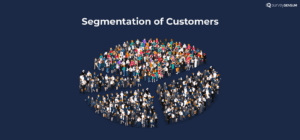
Building customer loyalty in retail requires a strategic approach that revolves around understanding your customers, meeting their needs and expectations, and creating personalized experiences.
But how can you do that?
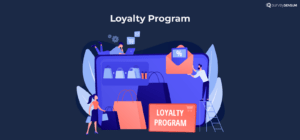
Loyalty programs and incentives are powerful tools for building customer loyalty.
Brands should design loyalty programs that provide customers with tangible value and meaningful rewards. This can include offering exclusive discounts, personalized offers, early access to sales, or VIP experiences.
Here are a few points to consider while designing your loyalty programs:
By designing effective loyalty programs that provide genuine value, align with customer preferences, and offer personalized experiences, retailers can foster stronger customer loyalty, increased engagement, and ultimately, long-term success in the competitive retail landscape.
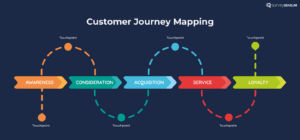
Brands need to focus on providing a seamless experience across all multiple touchpoints, including brick-and-mortar stores, online channels, and social media.
But why?
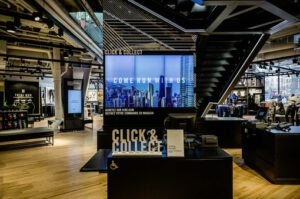
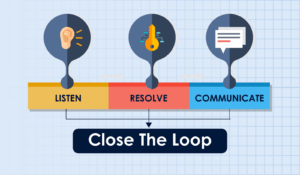
Customer feedback is a valuable resource for understanding customer preferences, pain points, and areas for improvement. This feedback can provide insights into product preferences, service quality, and overall customer satisfaction.
Here is a step-by-step process to collect and leverage feedback for continuous feedback:
Don’t limit yourself to just one feedback channel, set up multiple feedback channels to gather customer insights. These channels may include online surveys, feedback forms at the point of purchase, customer reviews on your website, or social media monitoring to track customer mentions and comments.
Create well-designed surveys that are clear, concise, and easy for customers to complete. Ask relevant questions that address different aspects of the customer experience, such as product satisfaction, service quality, etc.
Actively encourage customers to leave reviews and feedback after making a purchase but don’t irritate them with multiple requests.
Keep a close eye on social media platforms to monitor customer conversations and mentions of your brand. Respond promptly to both positive and negative feedback to show that you value customer opinions.
Regularly analyze the collected feedback data to identify trends, patterns, and common themes. Identify areas of improvement and potential pain points that customers may be experiencing.
Focus on actionable insights that can lead to tangible improvements in your products or services. Identify key issues that, when addressed, could significantly enhance the overall customer experience.
Use the feedback insights to make data-driven decisions for continuous improvement. This may involve refining product offerings, enhancing customer service protocols, or streamlining the checkout process.
Respond to customers who have provided feedback, whether positive or negative. Show appreciation for their input and inform them of any actions taken based on their suggestions.
Close the Feedback Loop Effectively with SurveySensum – Request a Demo
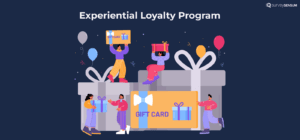
In the past, loyalty programs primarily revolved around transactional rewards, where customers were incentivized based on the frequency or amount of their purchases. While these programs did succeed in driving repeat purchases, they often lacked a deeper emotional connection with customers.
Today, brands are recognizing the importance of emotional connections and memorable experiences in building long-term customer loyalty. Instead of just offering rewards for purchases, brands aim to provide experiences that resonate with customers personally and make them feel valued and understood. This is called the experiential loyalty program.
→ Personalization is the key here.
By gathering and analyzing customer data, businesses can tailor interactions and offerings to match individual preferences and needs. Personalized experiences can range from product recommendations based on past purchases to customized email campaigns that address customers by name. These personalized touches show that the brand understands and cares about its customers, which can lead to a deeper emotional connection.
For example, Amazon pioneer in providing personalization in retail experiences for their customers by providing them with personalized product recommendations, product suggestions, wishlist alerts, etc.
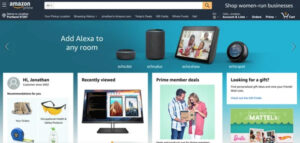
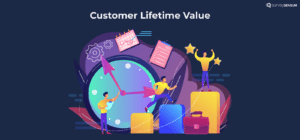
Traditionally, loyalty programs offered rewards based on short-term activities like transaction frequency or spending levels. While these programs did encourage repeat business, they often failed to consider the long-term value that certain customers bring to the business.
Recognizing the limitations of this approach, companies are shifting towards a more customer-centric strategy that takes into account the Customer Lifetime Value (CLV) of each individual customer.
Brands prioritize retaining their most profitable customers by focusing on customer lifetime value. Rather than focusing solely on acquiring new customers, they invest in retaining and nurturing existing ones who have a higher potential for long-term profitability. This can lead to reduced customer churn and increased customer retention rates. Also, happy and loyal high-CLV customers can become brand advocates, recommending the brand to their friends, family, and colleagues.
Implementing rewards tied to CLV requires a data-driven approach. Companies need to analyze customer data to determine each customer’s lifetime value accurately. Utilizing customer analytics and CRM systems, businesses can identify trends and patterns that indicate which customers have the highest potential for long-term value.

Member engagement plays a pivotal role in building loyalty. Engaged customers are emotionally invested in the brand, actively participating in various activities, and regularly interacting with the brand across multiple touchpoints.
Loyalty programs that go beyond transactional rewards and offer exclusive content, personalized recommendations, or early access to new products or services make customers feel special and appreciated. This sense of exclusivity enhances the customer’s emotional connection to the brand, leading to a stronger sense of loyalty and dedication.
This enables positive word-of-mouth brand advocacy by real customers. When customers have positive experiences and feel a strong connection to the brand, they naturally share their experiences with friends, family, and online communities. Word-of-mouth marketing driven by brand advocates is one of the most powerful and cost-effective ways to attract new customers and expand the customer base.
Brand advocates also act as social proof, building trust and credibility for the brand. Positive recommendations and testimonials from satisfied customers are more influential in driving purchase decisions than traditional advertising.
For example, under Glossier’s Ambassador Program, the beauty features stories of real customers turned brand advocates creating a positive brand reputation.
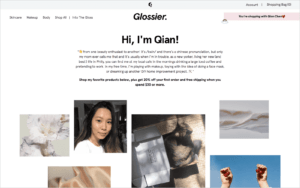
Customer loyalty plays a crucial role in the success of retail businesses. It impacts various aspects of retail operations, such as repeat business, increased retention rate, revenue generation, positive brand advocacy, and higher Customer Lifetime Value.
The emotional connection and trust between loyal customers and the brand also provide a competitive advantage, making it harder for competitors to lure them away. Moreover, loyal customers provide valuable feedback, helping retailers identify areas for improvement and deliver better customer experiences.
To build customer loyalty effectively, retailers can rely on effective customer feedback tools like SurveySensum.
With SurveySensum, you can gather and analyze customer feedback and data efficiently to create personalized experiences and recommendations tailored to individual preferences. It also enables retailers to measure customer loyalty metrics, track improvements, and identify loyal customer segments.
